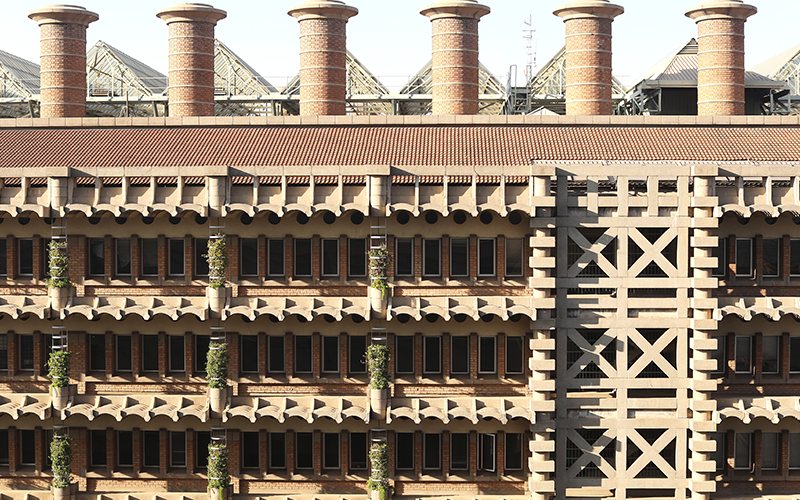What if buildings weren’t just structures but living, breathing parts of the world around us? Imagine walking through a city where the walls shift with the wind, windows adjust to the sunlight, and rooftops open to let in fresh air, all without anyone lifting a finger.
It might sound futuristic, but the invisible forces shaping our world—like wind, sound, and airflow—are already being harnessed by architects to design buildings that respond, adapt, and even think. These forces may be unseen, but they are far from insignificant. They shape how we feel in a room, how buildings stand tall, and how cities breathe.



